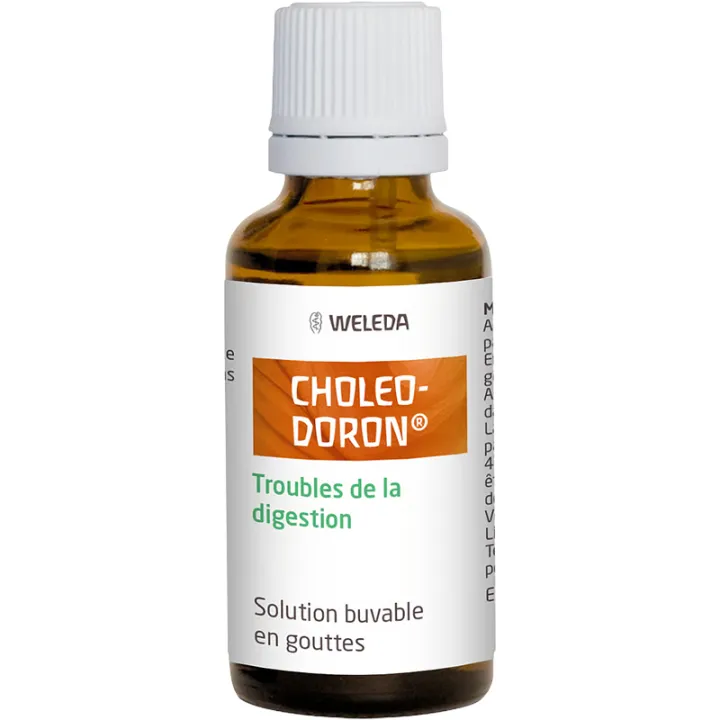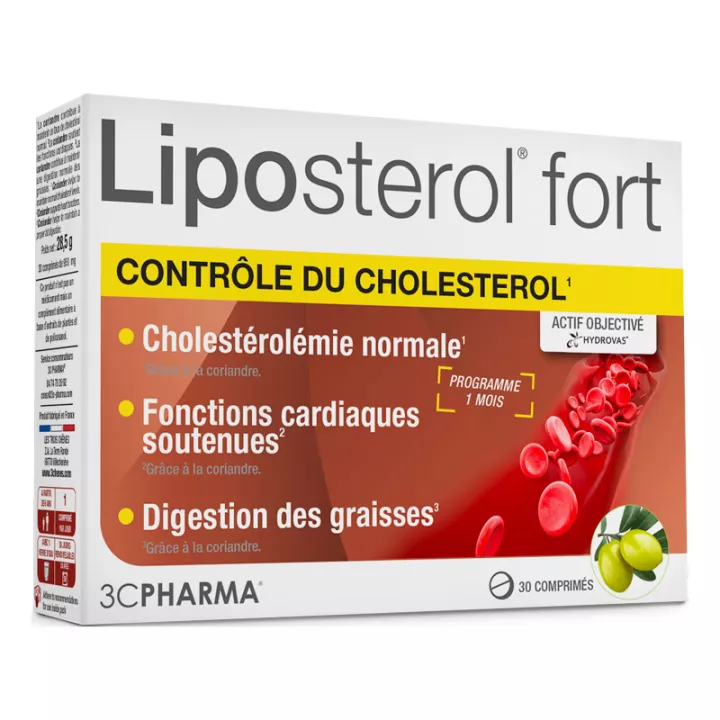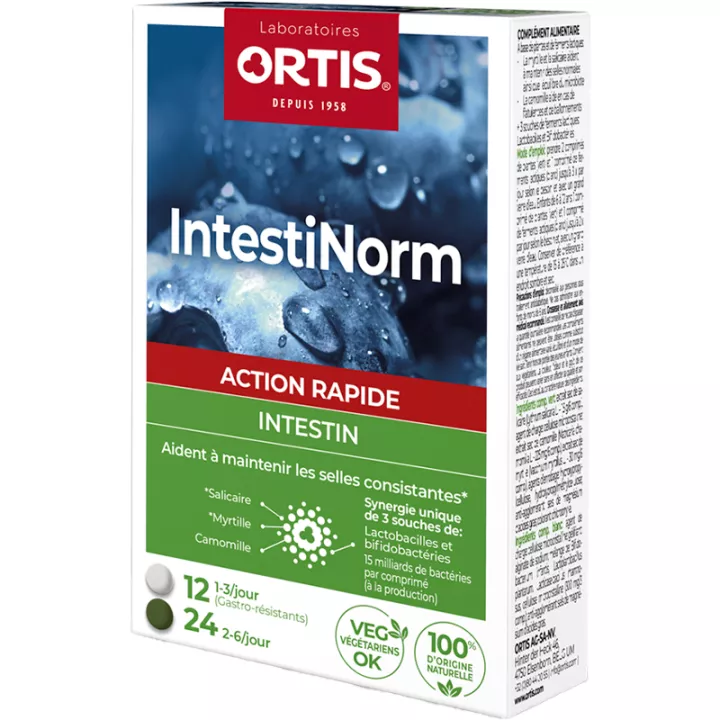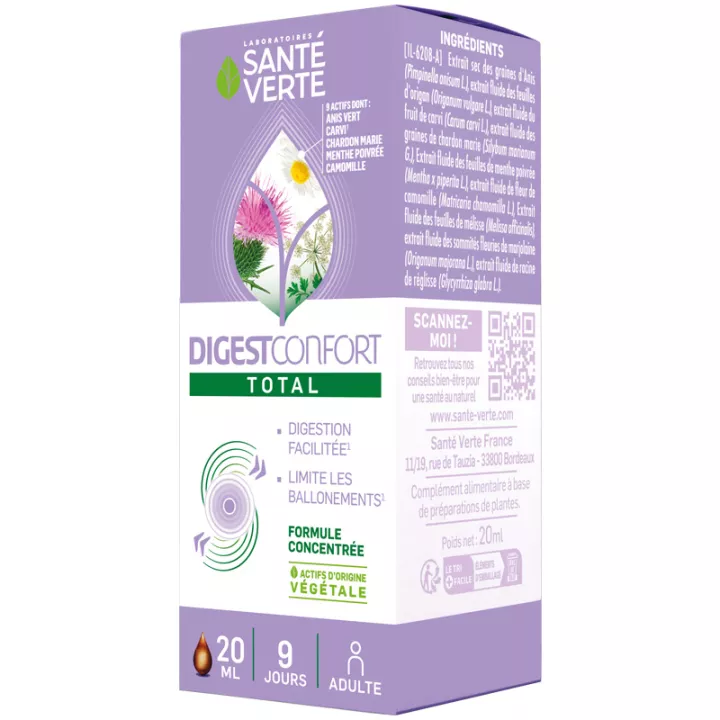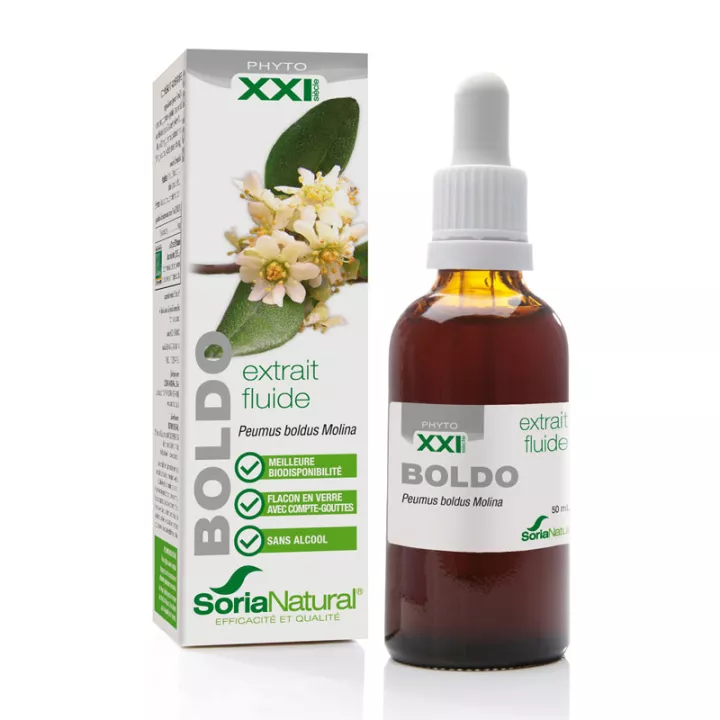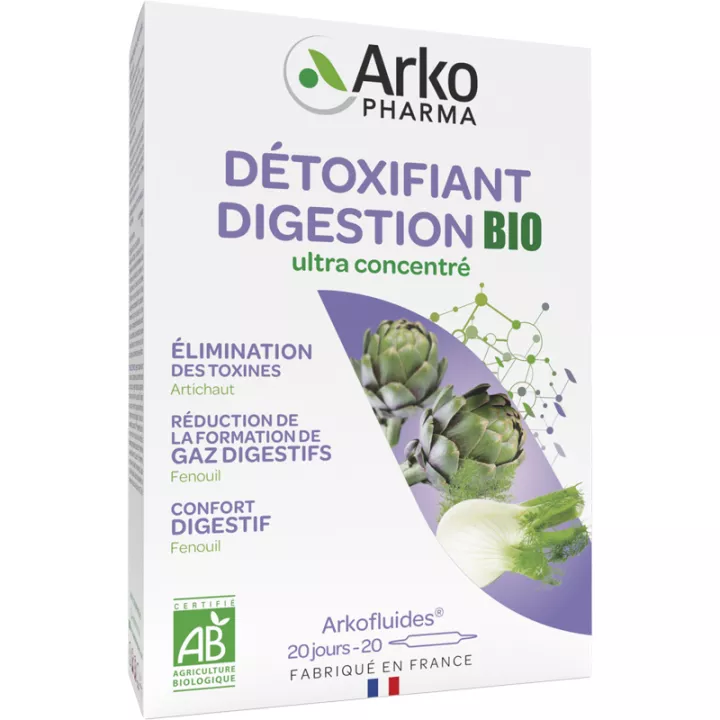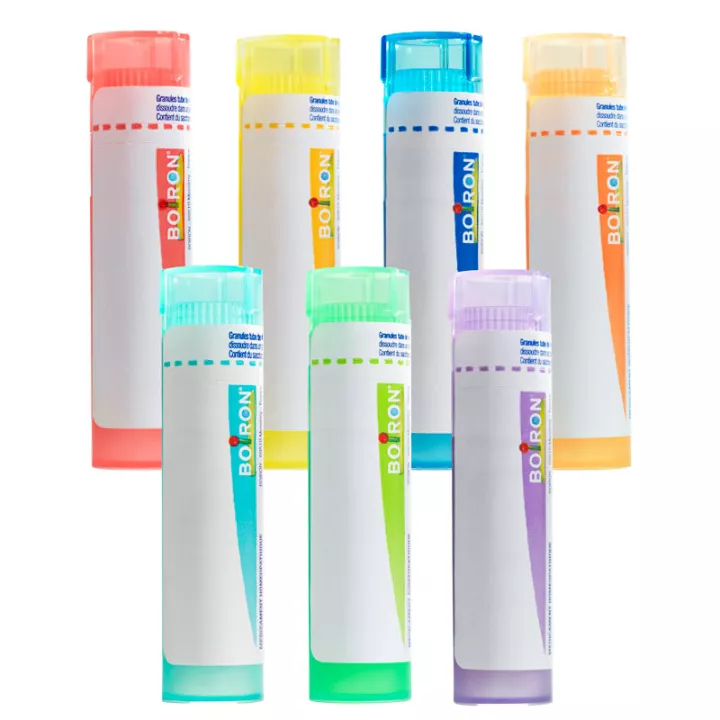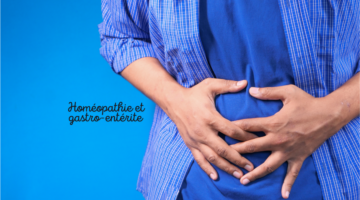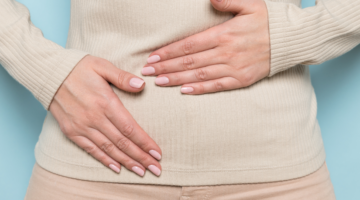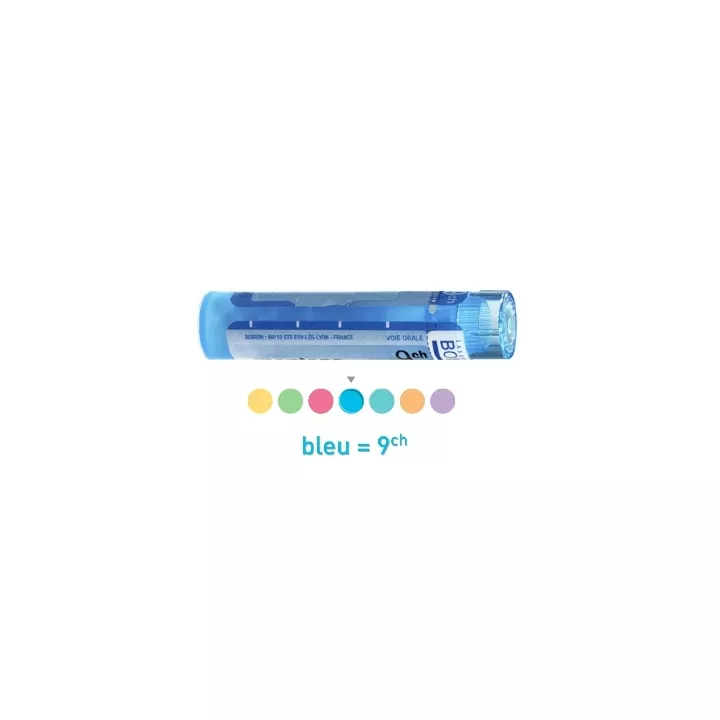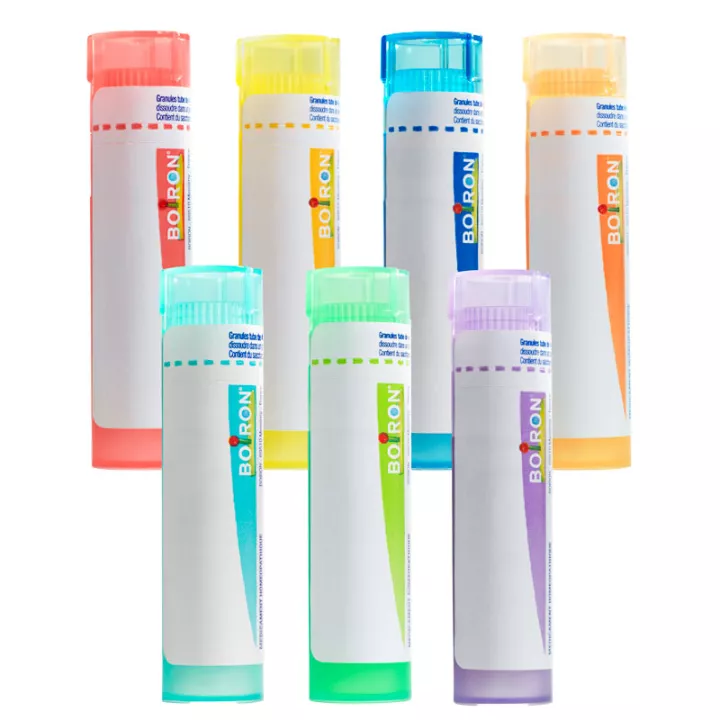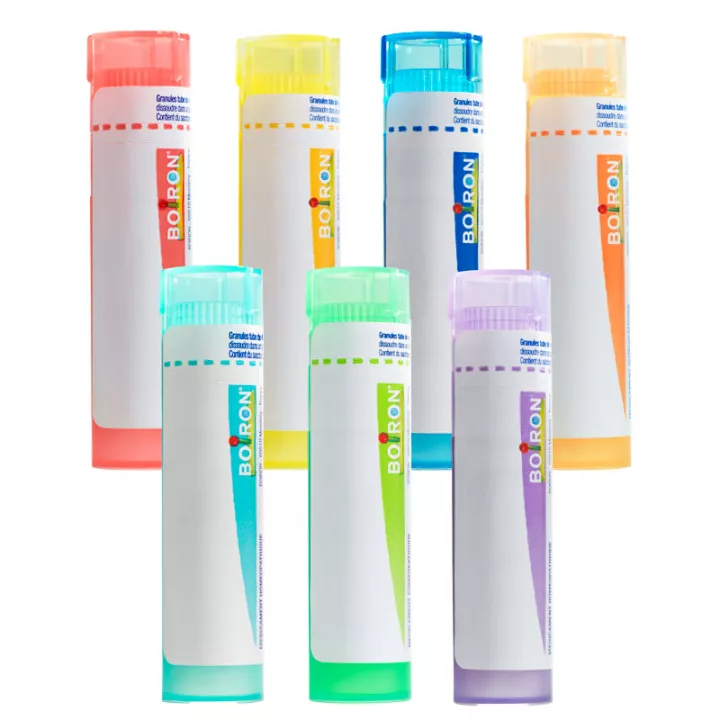CHOLEODORON Oral solution 30ML WELEDA
Choléodoron®
drinkable solution in drops
Pharmacodynamic Properties:
The indication of this medication is based on the traditional homeopathic use of its components.
Description of CHOLEODORON Oral solution 30ML WELEDA
Therapeutic Indication:
Homeopathic medication traditionally used as choleretic and cholagogue in dyspeptic disorders: heaviness, slow digestion, epigastric bloating, belching, nausea.
Usage advice and dosage
Medication reserved for adults and children over 12 years of age.
To be taken after meals preferably in a lukewarm liquid.
Adults: 10 to 15 drops, 3 times a day.
Children over 12 years: 5 to 10 drops, 3 times a day.
The duration of treatment should not exceed 4 weeks.
Beyond that a medical opinion is necessary.
Give your opinion on the advice and dosage of CHOLEODORON Oral Solution 30ML WELEDA with our partner Avis checked after your purchase.
Composition
(per 100 g)
Chelidonium majus, radix 1 DH (33 g)
Curcuma xanthorrhiza, rhizoma 1 DH (25 g)
Volume alcoholic strength of the solution: 63% V / V.
Precaution of use
Contraindication :
Hyper-sensitivity to one of the compounds.
Warnings and special precautions for use:
This medicine contains 0.10 to 0.30 g of alcohol per dosage unit (5 to 15 drops of oral solution). For this reason, it is not recommended in patients with liver disease, alcoholism, epilepsy, as well as in pregnant women and children under 12 years of age.
Drug interactions and other interactions:
It may alter or increase the effect of another medication.
Presentation of CHOLEODORON Oral solution WELEDA
30 ml bottle (glass) with a dropper.
Medicinal product not subject to medical prescription.
Our advice and expert advice in pharmacy
Also characterized as functional digestive disorders, dyspeptic disorders encompass all the clinical signs responsible for epigastric discomfort, located at the upper abdomen. With a prevalence of 20-40% of cases in the adult population, dyspepsia is a relatively common condition. The disorders are characterized by their chronicity and punctuality. There are five types of dyspeptic disorders: small stomach dyspepsia, borne dyspepsia, gastroesophageal reflux dyspepsia, ulcer dyspepsia, and dyspepsia due to impaired intestinal mobility.

